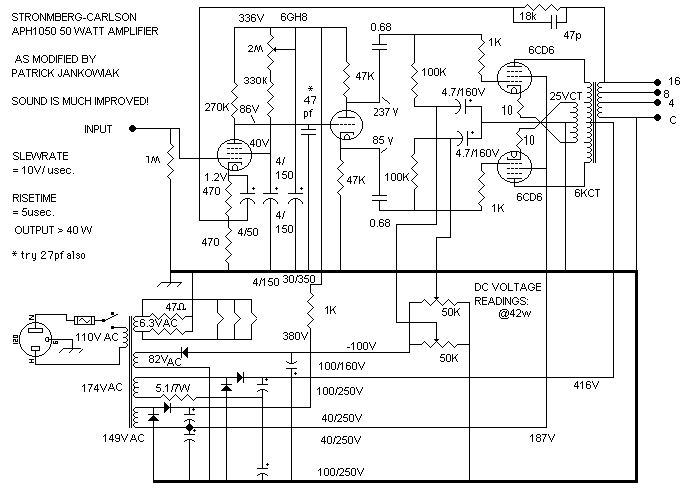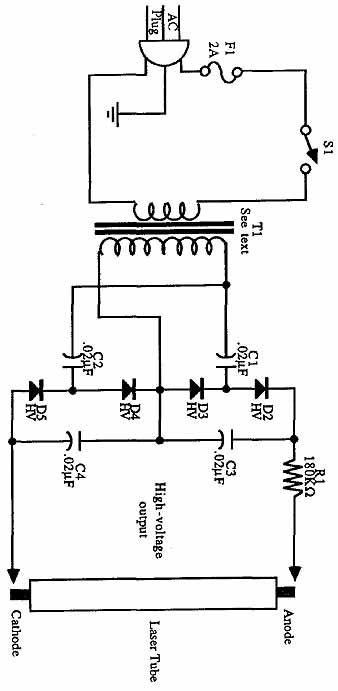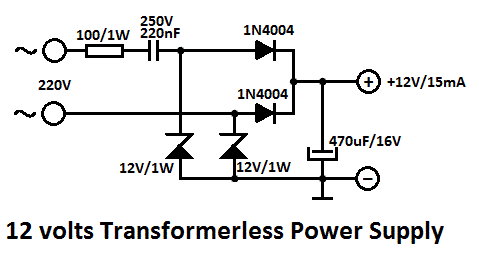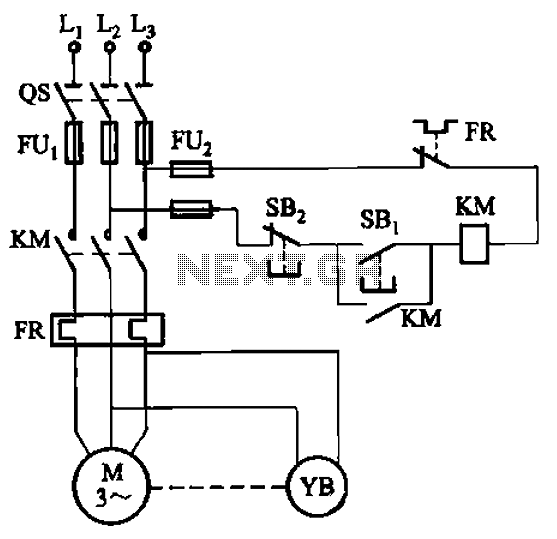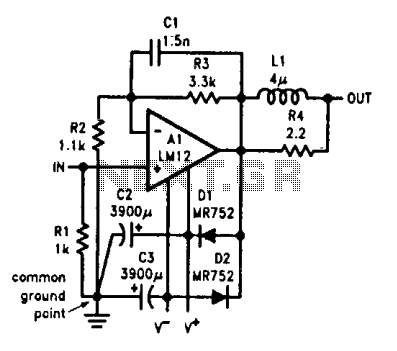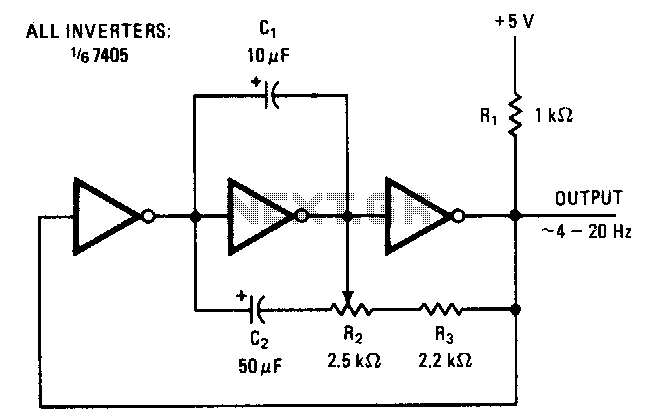
3-30V 3A Adjustable Regulated DC Power Supply
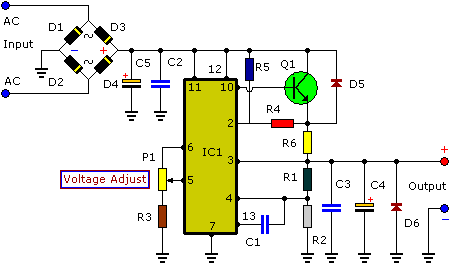
This power supply is designed as either an auxiliary or a permanent power source for various circuits that require a stabilized DC voltage ranging from 3 to 30V, with a maximum current consumption of 3A. Additionally, this power supply unit can serve other functions. By replacing the trimmer with a potentiometer, it can be transformed into an adjustable power supply unit. A high-quality heatsink is essential for effective thermal management. If the circuit is to be housed within another enclosure, it must include ventilation holes to facilitate the dissipation of heat generated during operation.
This power supply circuit is characterized by its ability to deliver a stable output voltage across a wide range of applications, making it suitable for powering microcontrollers, sensors, and other electronic devices that require reliable DC voltage. The design typically incorporates a voltage regulator, which ensures that the output voltage remains constant despite variations in input voltage or load conditions.
The inclusion of a potentiometer allows for user-adjustable output voltage, enabling customization for specific applications. This feature is particularly useful in experimental setups or when interfacing with devices that require precise voltage levels. The circuit should be designed to accommodate the potentiometer's value, ensuring that the full range of output voltages can be achieved without compromising stability.
Thermal management is a critical aspect of the design. The selection of a good quality heatsink is vital to prevent overheating, which can lead to component failure or reduced performance. The heatsink should be appropriately sized based on the expected power dissipation, which can be calculated using the formula: Power (W) = Voltage (V) x Current (A). Adequate airflow must be maintained, especially if the power supply is enclosed; thus, the incorporation of ventilation holes is necessary. These holes should be strategically placed to promote effective airflow and heat dissipation.
In summary, this power supply circuit is versatile and adaptable, capable of fulfilling various power requirements while ensuring safe and efficient operation through proper thermal management and user-adjustable voltage settings.This power supply is meant as an auxiliary or as a permanent power supply for all common circuits based on a stabilized DC voltage between 3 and 30V provided that the consumption does not exceed 3A. Of course this power supply unit can also be used for other purposes. Be replacing the trimmer by a potentiometer, it may even be used as an adjustabl e power supply unit. A good quality heatsink must be used. If the circuit is to be integrated into another housing, it must be provided with ventilation holes (one may make these holes oneself), necessary for the release of the heat developed. 🔗 External reference
This power supply circuit is characterized by its ability to deliver a stable output voltage across a wide range of applications, making it suitable for powering microcontrollers, sensors, and other electronic devices that require reliable DC voltage. The design typically incorporates a voltage regulator, which ensures that the output voltage remains constant despite variations in input voltage or load conditions.
The inclusion of a potentiometer allows for user-adjustable output voltage, enabling customization for specific applications. This feature is particularly useful in experimental setups or when interfacing with devices that require precise voltage levels. The circuit should be designed to accommodate the potentiometer's value, ensuring that the full range of output voltages can be achieved without compromising stability.
Thermal management is a critical aspect of the design. The selection of a good quality heatsink is vital to prevent overheating, which can lead to component failure or reduced performance. The heatsink should be appropriately sized based on the expected power dissipation, which can be calculated using the formula: Power (W) = Voltage (V) x Current (A). Adequate airflow must be maintained, especially if the power supply is enclosed; thus, the incorporation of ventilation holes is necessary. These holes should be strategically placed to promote effective airflow and heat dissipation.
In summary, this power supply circuit is versatile and adaptable, capable of fulfilling various power requirements while ensuring safe and efficient operation through proper thermal management and user-adjustable voltage settings.This power supply is meant as an auxiliary or as a permanent power supply for all common circuits based on a stabilized DC voltage between 3 and 30V provided that the consumption does not exceed 3A. Of course this power supply unit can also be used for other purposes. Be replacing the trimmer by a potentiometer, it may even be used as an adjustabl e power supply unit. A good quality heatsink must be used. If the circuit is to be integrated into another housing, it must be provided with ventilation holes (one may make these holes oneself), necessary for the release of the heat developed. 🔗 External reference
